
AeroGenie - مساعد الطيار الذكي الخاص بك.
الرائج الآن
Categories
The Aircraft Succeeding the Boeing 747
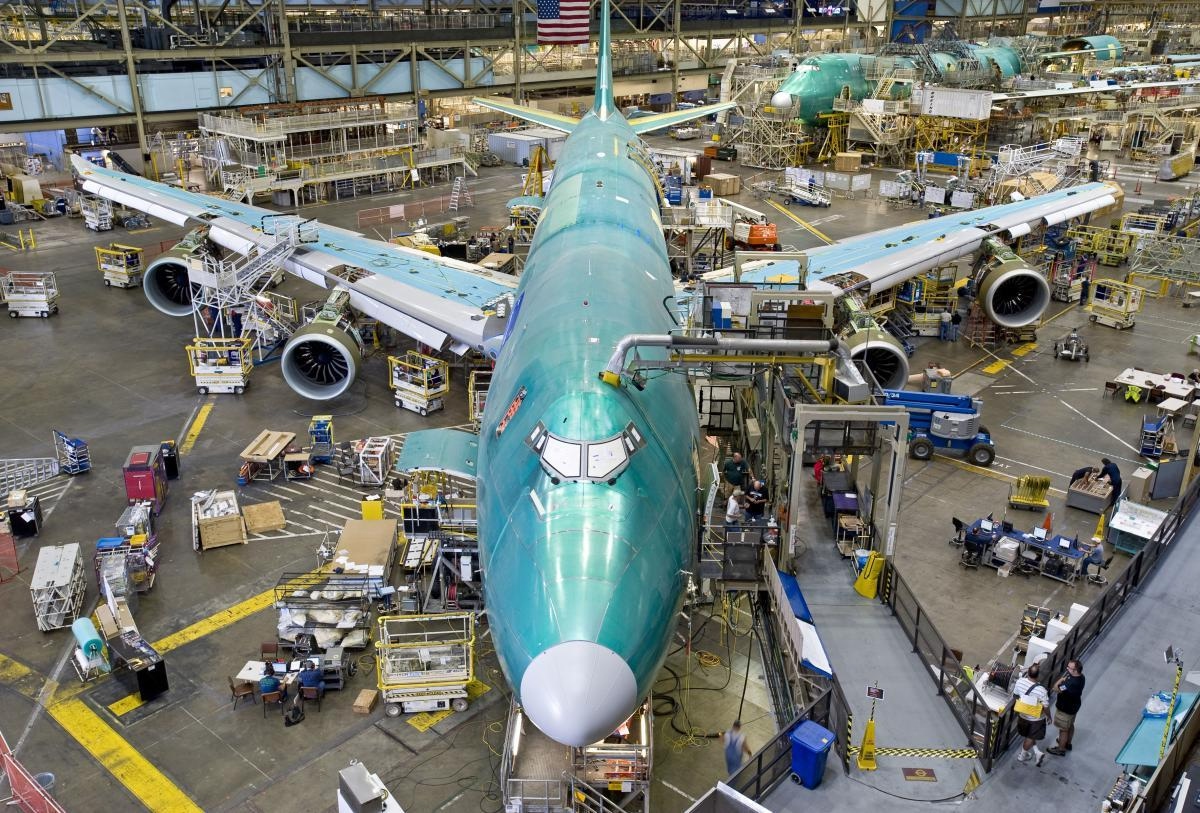
The Aircraft Succeeding the Boeing 747
The Boeing 747, once celebrated as the "Queen of the Skies," is approaching the end of its storied service. The final Boeing 747-8 was delivered to Atlas Air in 2023, marking the conclusion of an era that began nearly five decades ago. This milestone follows the last delivery of the Airbus A380 in 2021, another iconic jumbo jet. As airlines gradually retire these large four-engine aircraft, the aviation industry faces the question of which aircraft will assume their role in long-haul travel.
No Direct Successor to the Jumbo Jet
There is no single aircraft that directly replaces the Boeing 747. Instead, a new generation of widebody jets is emerging to fulfill the market demands once served by the jumbo. Among these, the Boeing 777X stands out as the closest successor, complemented by the Airbus A350 and Boeing 787 families, which also play significant roles in the evolving landscape of long-haul aviation.
The Boeing 747, known for its distinctive double-deck design and four engines, typically accommodated around 467 passengers. In comparison, the Boeing 777X, Boeing’s forthcoming flagship, will offer two variants: the 777-8, seating approximately 395 passengers, and the larger 777-9, with a capacity of 426 passengers in a standard two-class layout. Although the 777X will become the largest commercial aircraft upon its anticipated entry into service in 2026, it is not a direct replacement for the 747. Rather, it represents a modern evolution of the 777, which has operated alongside the 747 since 1995 but targets a different segment of the market.
Features and Capabilities of the Boeing 777X
The 777-8 variant boasts an impressive range of 8,745 nautical miles, exceeding the 747-8’s approximate range of 8,000 nautical miles. The stretched 777-9 offers a slightly shorter range of 7,285 nautical miles. Both models are powered by the GE Aerospace GE9X turbofan engines, currently the most efficient widebody engines available, capable of delivering up to 110,000 pounds of thrust. A notable innovation of the 777X is its folding wingtips, which extend the wingspan to 235 feet, five inches during flight but fold to 212 feet on the ground, ensuring compatibility with existing airport infrastructure.
Industry Challenges and Market Dynamics
The transition to the 777X and other next-generation widebody aircraft is accompanied by significant challenges. Boeing and other manufacturers must contend with ongoing supply chain disruptions, inflationary pressures, and increased regulatory and safety scrutiny. These factors have contributed to a slowdown in new widebody deliveries. Boeing, for instance, is prioritizing deliveries of the 777F freighter in 2025 as it prepares for the 777X’s commercial debut.
In response, airlines are reevaluating their fleet strategies, increasingly favoring more fuel-efficient and flexible aircraft. Competitors are accelerating the development of their own large aircraft models to capture market share vacated by retiring jumbo jets. Boeing’s efforts to navigate this transition are under close industry observation, with key customers such as Emirates expressing cautious optimism regarding the 777X’s future prospects.
The Future of Long-Haul Aviation
While no single aircraft will fully replicate the Boeing 747’s unique legacy, the Boeing 777X, alongside the Airbus A350 and Boeing 787, is set to define the next chapter of long-haul air travel. As the aviation industry adapts to evolving economic and operational realities, these aircraft will play a pivotal role in shaping the future of global connectivity.
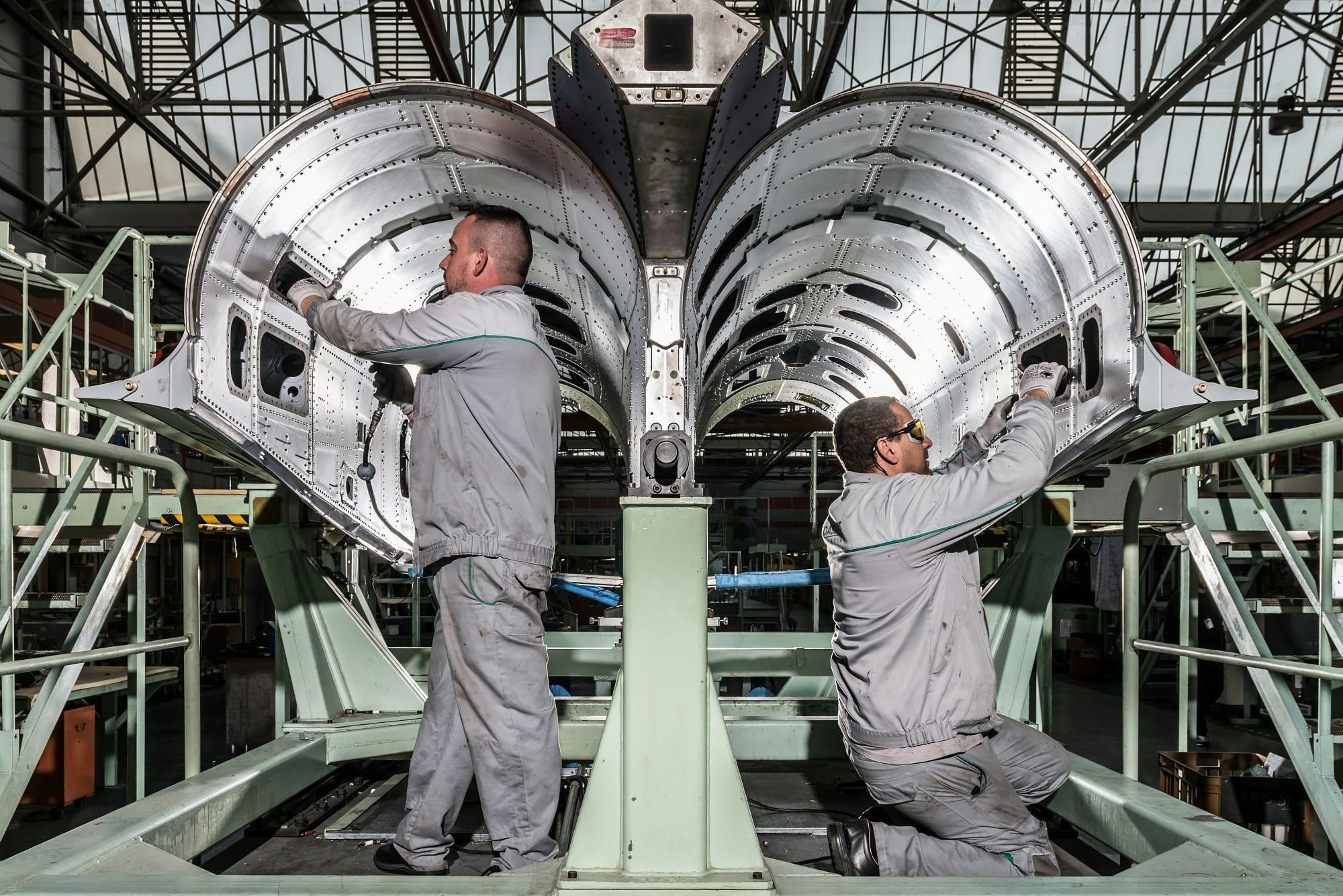
Tata Projects and ASI Global to Build Aircraft Maintenance Facilities in India
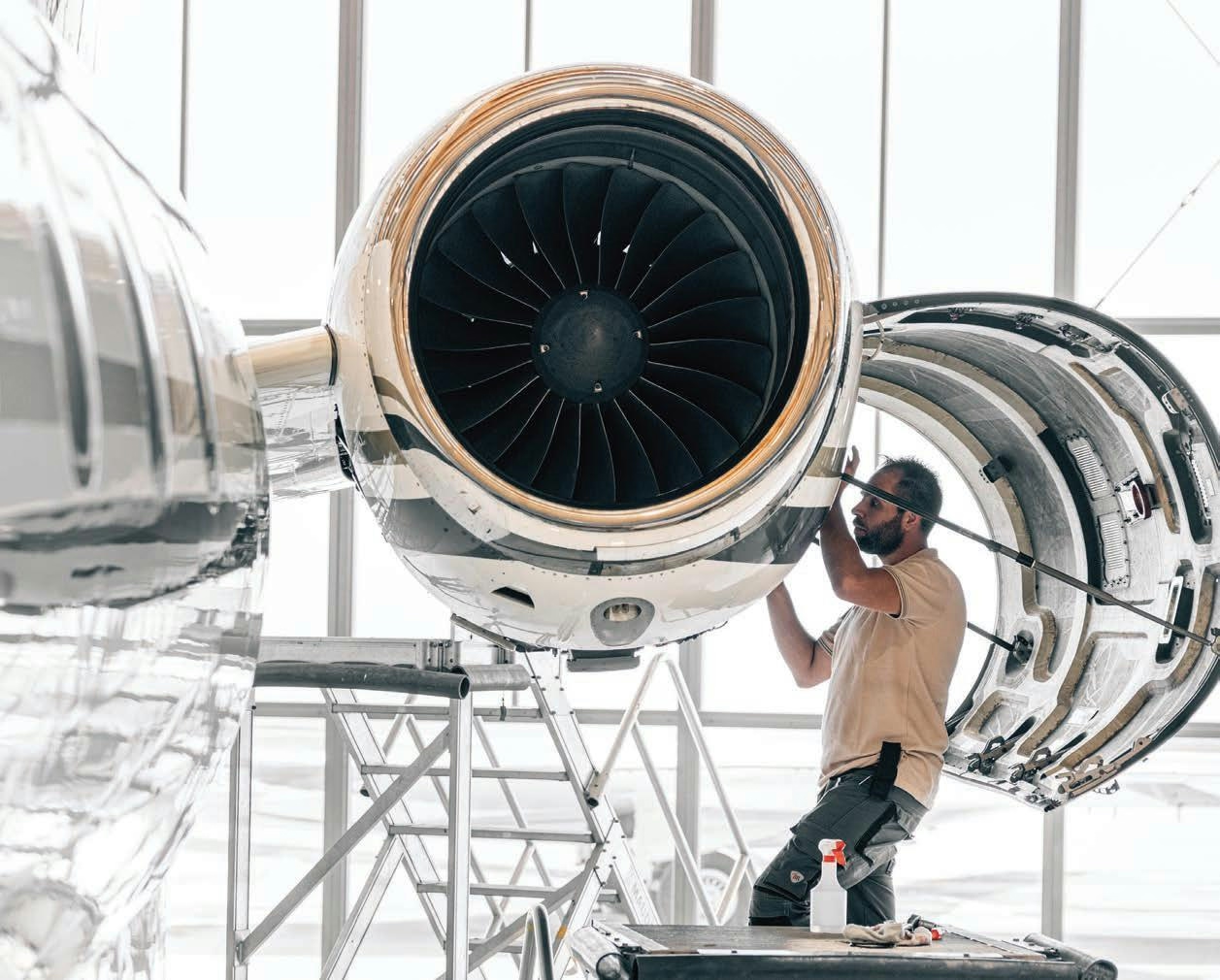
AMAC Aerospace Switzerland and Alpha Star Aviation Services Sign Agreement at Dubai Airshow 2025
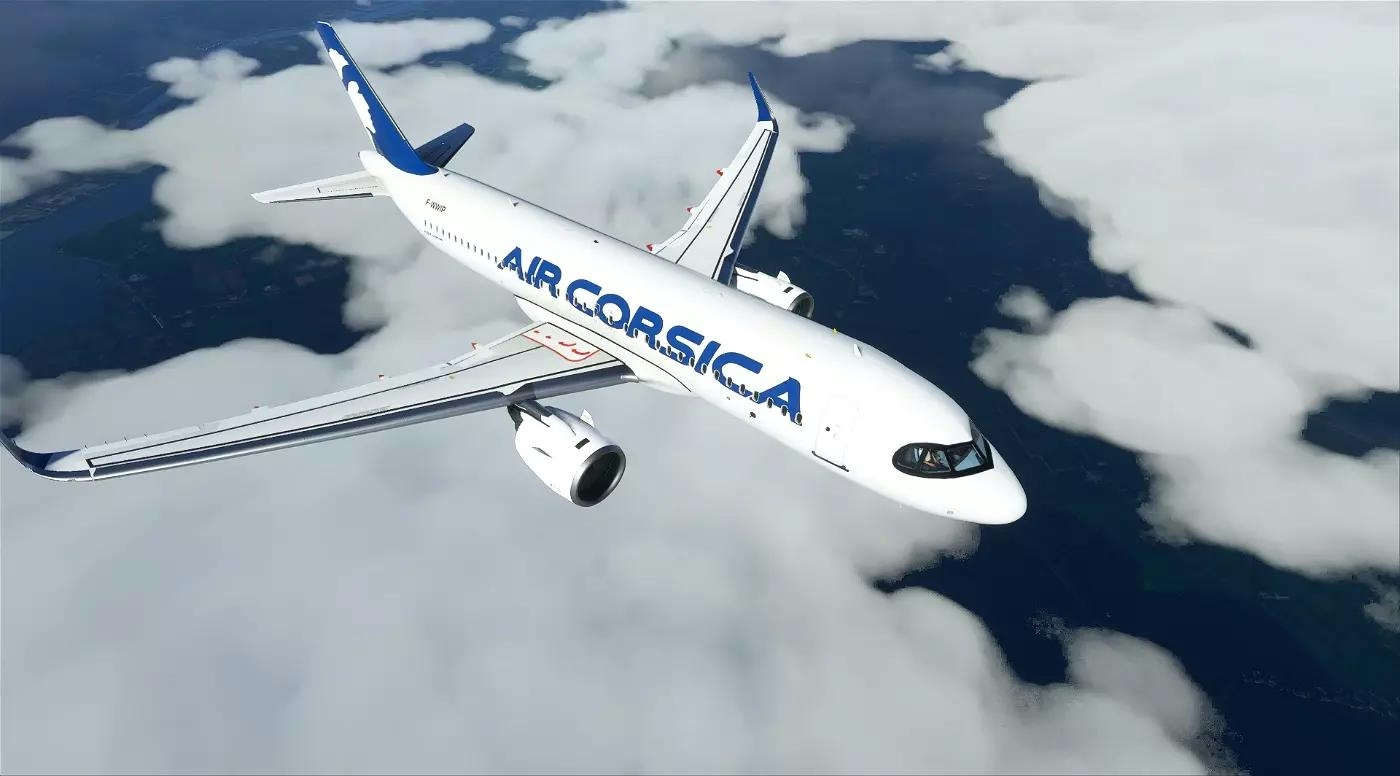
Vallair Delivers First A320 to Air Corsica on Schedule
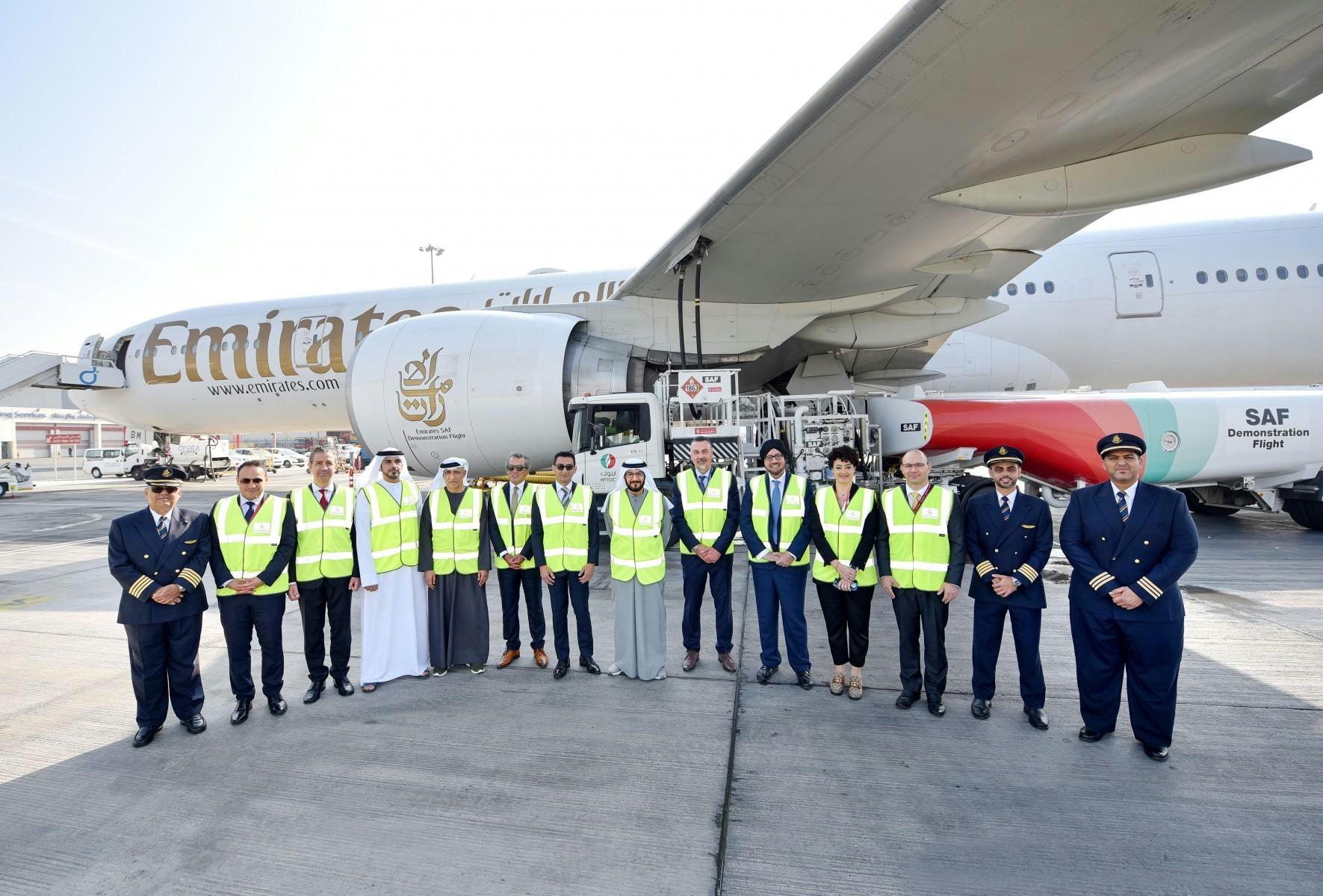
Emirates Implements Measures to Address Airline Supply Chain Challenges
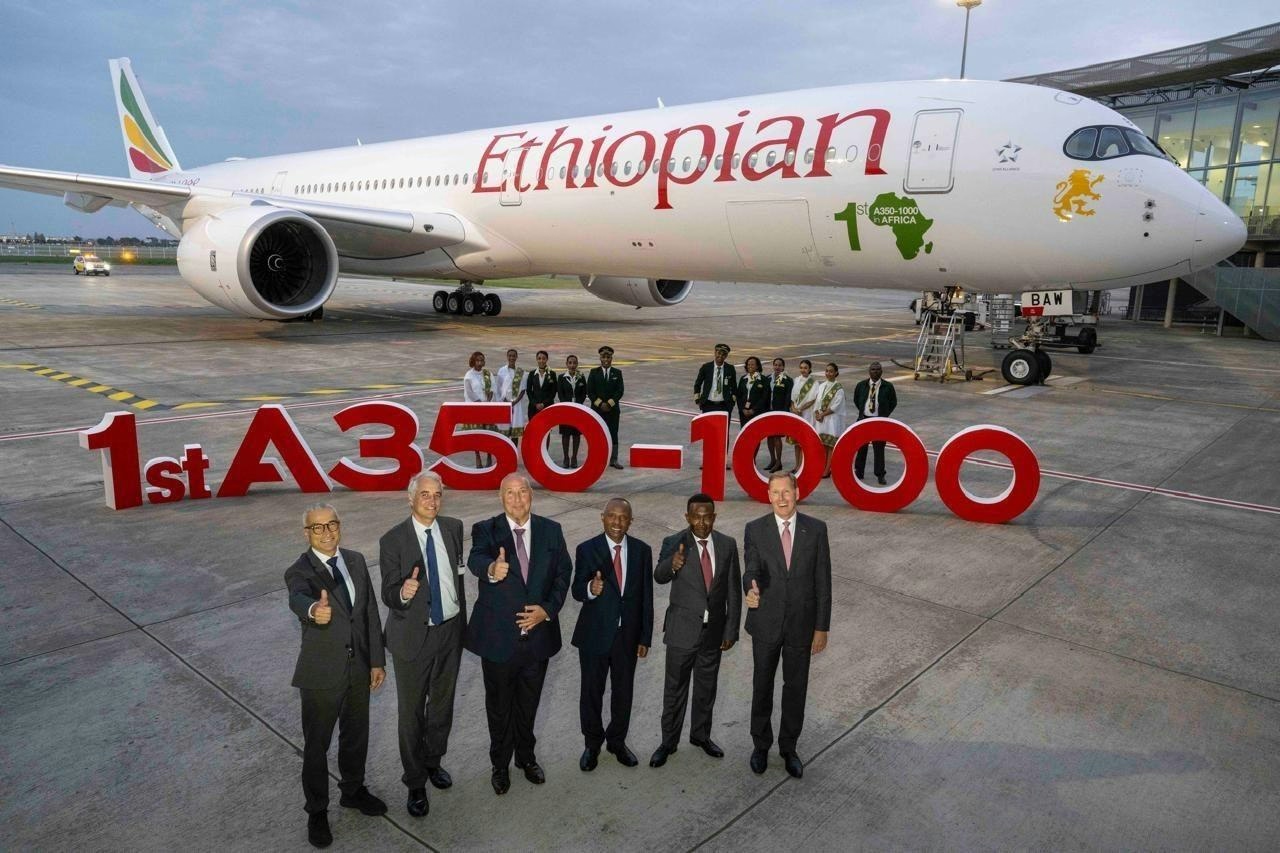
Ethiopian Airlines Orders Six Additional Airbus A350 Jets
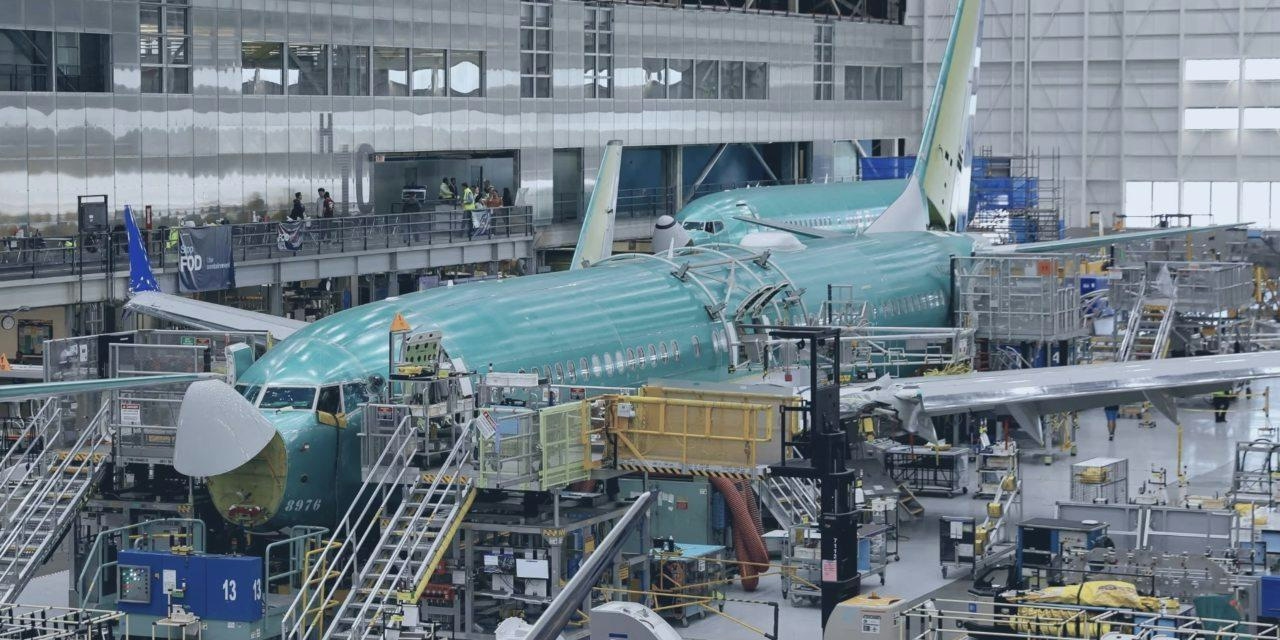
BA Announces Shift to Predictive Maintenance at PAM Dublin 2025
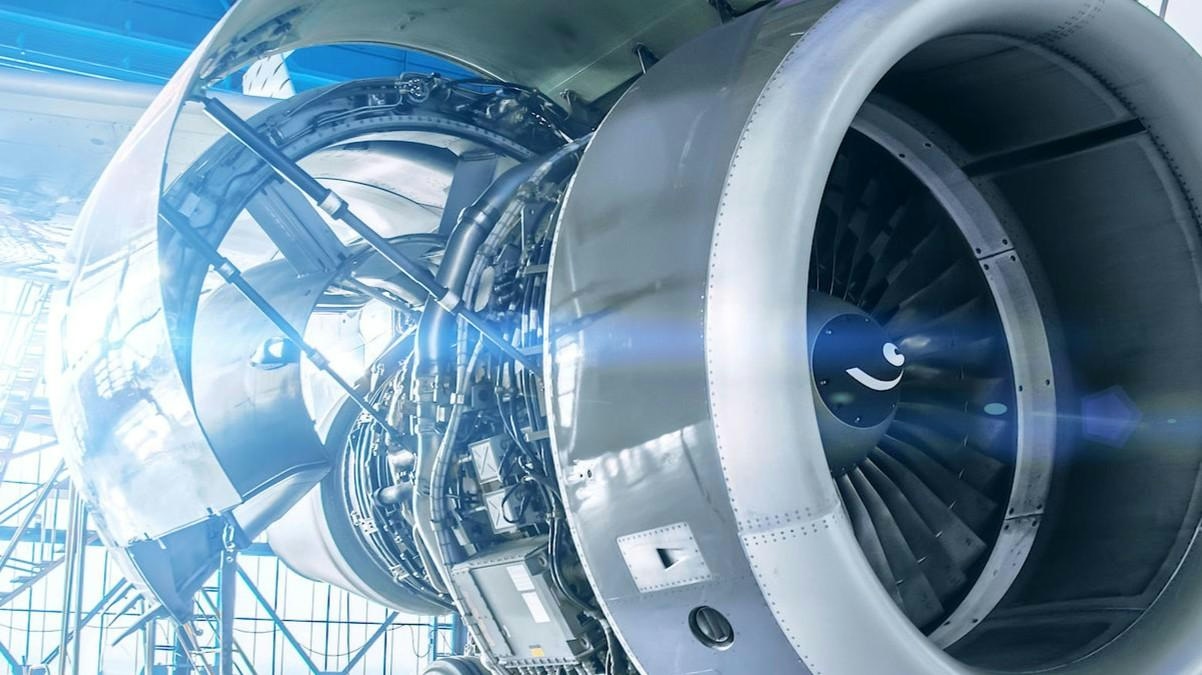
Kazakhstan Advances in Next-Generation Aviation Technologies
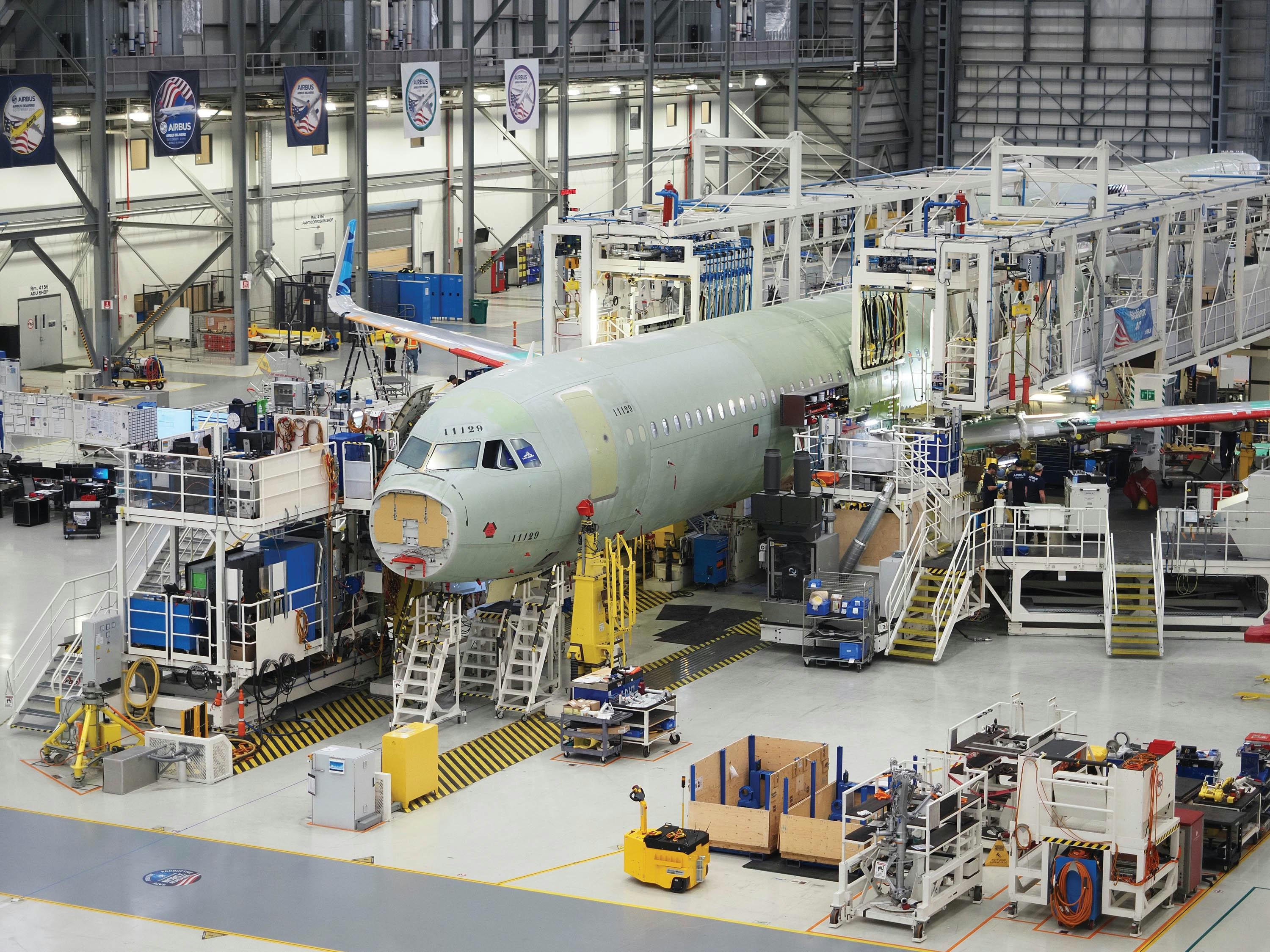
New Aircraft Deliveries Mark Expansion of Training Programs

Conflux Names Dan Woodford as CEO
